Free Tropical Runtz seeds on orders over $150!
Watering cannabis seedlings is a critical aspect of their care, and getting it right can make a significant difference in their development. This article provides an overview of watering cannabis seedlings and a day-by-day schedule to ensure they receive the optimal amount of water.
Cannabis seedlings are particularly sensitive to their environment, and water plays a crucial role in their early development. They require consistent moisture but are susceptible to damage from too much water. The objective is to keep the soil moist but not soggy, allowing the roots to access both water and oxygen. Too much water might lead to root rot and other cannabis problems, while too little can cause dehydration and stunt growth.
Water is a vital component of plant life, carrying essential nutrients from the soil to the plant cells. For cannabis seedlings, which are in the initial stages of growth, the balance of water is critical. Here’s why:
Water acts as a solvent, carrying dissolved nutrients to the roots. It facilitates the movement of essential elements like nitrogen ,potassium, and phosphorus, crucial for the early stages of plant development. Conversely, adequate moisture helps maintain soil structure, providing a stable environment for root growth. Water also helps bind soil particles into aggregates, which improves aeration and root penetration.
The turgor pressure created by water in the plant cells is essential for maintaining cell shape and firmness. This pressure allows the seedlings to stand upright and grow toward the light. Alternatively, most enzymes require a hydrated environment to function properly. Water facilitates enzymatic reactions that are vital for plant metabolism and growth.
Through transpiration, water evaporates from the plant’s surface, cooling the plant. This is particularly important for seedlings under grow lights, which can generate significant heat. Conversely, adequate watering helps seedlings cope with environmental stresses such as high temperatures or dry air. It acts as a buffer, maintaining internal homeostasis.
Water is a raw material in the photosynthetic reaction. Adequate hydration ensures that the photosynthetic process is efficient, leading to better energy production. Water also involves respiration, where cannabis plants release energy from sugars. Proper water supply ensures that respiration proceeds smoothly, providing energy for growth.
Developing a watering schedule can help you track when to water your seedlings. Adjust the schedule based on the plant’s growth stage and the environmental conditions. Remember, the frequency of watering will change as the plant grows.

Here’s an expanded day-by-day watering schedule to ensure your cannabis seedlings receive the optimal amount of water:
After the first 30 days, continue giving 1/2 gallon (2 liters) per plant every 3 days. As the cannabis plants grow, they may require more water or more frequent watering. If the plants appear droopy before the scheduled watering, it’s a sign to adjust the amount or frequency.
Excessive water can suffocate the plant’s roots, preventing them from absorbing oxygen. This may lead to root rot, a condition where the roots turn brown and mushy. Also, overly damp conditions are ideal for the proliferation of fungi, which can infect the seedlings and lead to diseases like damping-off. In addition, too much water can cause nutrients to become unavailable to the cannabis plant, leading to deficiencies despite the presence of nutrients in the soil.
Prevention: To prevent overwatering, ensure your pots have adequate drainage holes, water only when the top inch of soil is dry, and use a potting mix that drains well.
Insufficient water can slow down the growth of seedlings as they struggle to perform basic functions like photosynthesis and nutrient uptake. Underwatered seedlings may also exhibit wilting, where leaves lose their rigidity, and crisping, where the edges of leaves become dry and brittle. Furthermore, prolonged dry conditions can cause the roots to dry out and die, which can be irreversible if not addressed quickly.
Prevention: Monitor the soil moisture regularly, establish a consistent watering schedule, and adjust based on the seedlings’ response and environmental conditions.
How To Determine Whether Your Cannabis Plant Is Overwatered or Underwatered
One of the most frustrating issues facing cannabis farmers is that overwatered and underwatered plants frequently display identical symptoms. Both overwatering and underwatering can cause drooping leaves and floppy stems. Picking up the container is the best way to evaluate whether your plant needs water. If it feels heavy, the plant probably has enough moisture. In contrast, if it seems very light, the plant usually needs more water. Another excellent way is to press your finger into the top layer of soil. The growth media should feel moist but not too damp or dry.
Optimizing conditions for cannabis seedlings encourages healthy growth during the vegetative and flowering stages. The first step is to prepare your chosen media and use the most effective procedures.
Light potting soil and rock wool cubes are the most popular media for germinating or housing seedlings. Both systems are wonderful when properly maintained. If you use soil, be sure you choose the right type. It must be light and free of pollutants or excess fertilizers that might harm delicate seedlings. The ideal soils for sprouts have an organic matter that retains moisture.

In addition, cannabis growers use porous materials such as perlite or vermiculite to help with drainage while watering cannabis seedlings. While both approaches are wonderful, rockwool has several advantages over soil. This substrate improves ventilation and water drainage for the growing root system.
Acidity control is an important part of watering cannabis seedlings and overall production. pH values of 5.5-6.5 are typically appropriate, although this range might fluctuate based on various conditions. Some growing mediums perform well with more acidity, and the type of cannabis is another variable. Each cannabis strain requires distinct and particular conditions for maximum production. Alternatively, all commercial cultivars come with comprehensive instructions, and keeping the proper acidity level is critical. When you’ve determined the ideal pH for cannabis, keep track of measurements and modify as needed with solution products.
Pre-moistening the growing media is critical for germination and seedling growth. Water is required for growth, but too much can lead to molds and infections, damaging cannabis yield and quality. You are urged to maintain a moderately humid medium throughout the cannabis seedling’s development.
This is a critical aspect of cannabis seedlings, ensuring that your plants receive the right amount of water for optimal growth. Here’s additional information to enhance your understanding and techniques for monitoring soil moisture:
It’s important to follow best practices and ensure a healthy watering environment for your cannabis seedlings to promote strong growth and prevent issues. Here are some tips growers can use to water their cannabis seedlings effectively:
A consistent watering schedule is essential for healthy cannabis seedlings. By following the guidelines above and observing your plants’ responses, you can ensure your seedlings develop into strong, healthy cannabis. Remember, the best watering practices adapt to the specific needs of your cannabis plants and growing conditions.
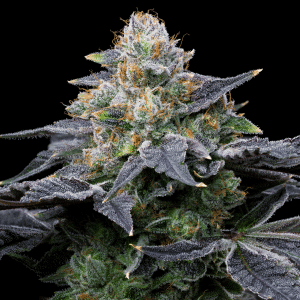
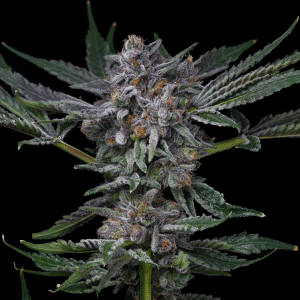
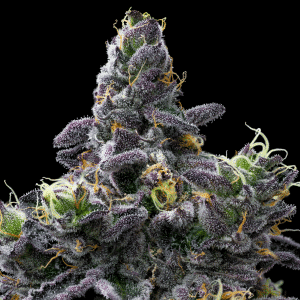
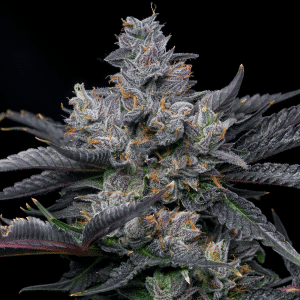
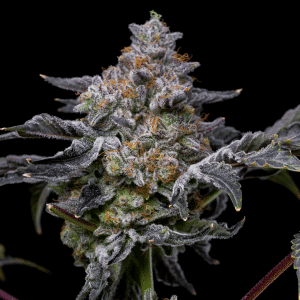
Offers
This product is not for use by or sale to persons under the age of 18. This product should be used only as directed on the label. It should not be used if you are pregnant or nursing. Consult with a physician before use if you have a serious medical condition or use prescription medications. A doctor’s advice should be sought before using any hemp products. All trademarks and copyrights are property of their respective owners and not affiliated with nor do they endorse this product. These statements have not been evaluated by the FDA. This product is not intended to diagnose, treat, cure or prevent any disease. By using this site you agree to follow the Privacy Policy and all Terms & Conditions printed on this site. All products contain less than 0.3% Cannabinoid-compliant with applicable Federal Laws. Please make yourself aware of any and all applicable laws regarding hemp in your jurisdiction. Premium Cultivars accepts no liability or responsibility regarding germination laws in any specific locale state or national jurisdictions.THCA products are not available for shipment to the following states: Hawaii, Idaho, Minnesota, Oregon, Rhode Island, Utah, Vermont *Note: Products with Total THC content above 0.3% must not be shipped to these states.
We want to help you get your hands on the seeds you want, take 20% off your next purchase when you enter your email below!
We want to help you get your hands on the seeds you want, take 20% off your next purchase when you enter your email below!